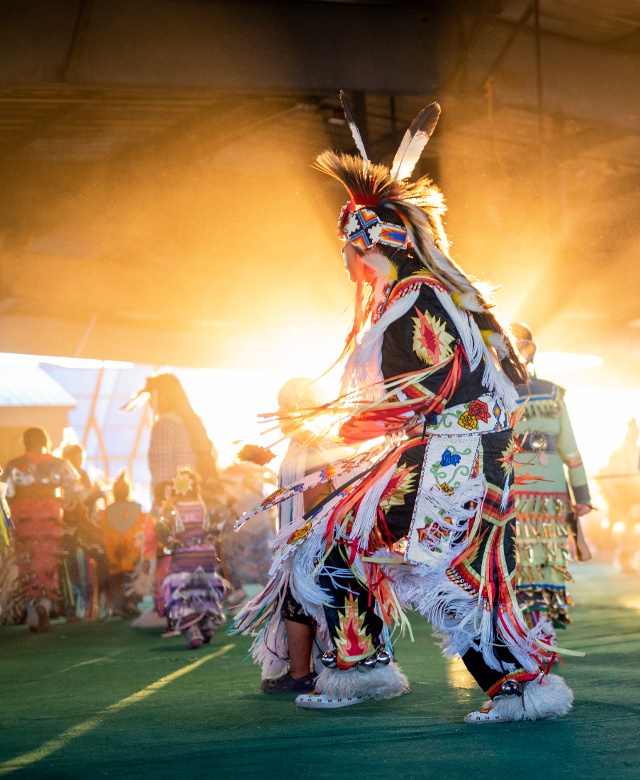Tribal Satisfaction with and Assessments of Law Enforcement
A survey of North San Diego County reservation residents regarding enforcement
of domestic violence laws found that 54% of respondents who had at least one encounter
with law enforcement agencies reported a positive experience, although 87% indicated
that services would be improved with cultural training or awareness of factors influencing
effective first response on reservations.41 Common survey responses included desire for
faster response times, the perception that officers were too harsh or judgmental toward
Indians, the belief that officers need to meet with and get to know community leaders and
residents, and the belief that officers should become more involved in public services and
community events.
The desire for faster response times is not unique to reservations in Public Law
280 States. In a survey of 17 police chiefs of Indian country police departments not
identified as under federal or state jurisdiction, the chiefs unanimously stated that shorter
response times and greater visibility are key to community satisfaction
.42 Additionally,
almost every chief reported a community desire for more patrol officers. Similarly, in a
series of interviews with residents of the anonymous Great Plains Reservation, which is
not subject to Public Law 280, Michael Barker found that the most common
recommendation for changes to tribal police departments was the addition of more
officers.43 Nonetheless, Barker found that most surveyed adults questioned about the
26
39 Goldberg & Champagne, supra note 5.
40 Id. at 47-59.
41 Indian Health Council, Inc. “Improving First Response to Domestic Violence, Sexual assault and
Stalking on Indian Reservations” (2000) (citing Peace Between Partners Survey of North San Diego
County Indian Communities, (1999)).
42 “To Protect and Serve: An Overview of Community Policing on Indian Reservations,” ch. 2 (Police
Foundation, ed., 1997),
available at http://www.communitypolicing.org/pf/am_ind/ch2.html (last visited
Apr. 5, 2005).
43 Michael L. Barker, Policing in Indian Country 105 (1998).
This document is a research report submitted to the U.S. Department of Justice. This report has not
been published by the Department. Opinions or points of view expressed are those of the author(s)
and do not necessarily reflect the official position or policies of the U.S. Department of Justice.
effectiveness of tribal police, the appropriate community role of the police, or the need
for changes, were favorable toward tribal police.44
Wakeling et al.’s in-depth study of tribal policing, which did not include Public
Law 280 jurisdictions, found that the 638 contracting process, through which many tribal
police forces receive funding, does not effectively create policing which adequately
considers community priorities, as it results in the organizational structure and
methodology of a standard police force which looks toward the law and external
professional standards rather than the local community for authorization.45 In contrast
tribal members would “like to see more focus on community participation – talking to
people, assisting them, [involving themselves] in education and community activities
”
rather than increased traffic enforcement or other standard policing activities.46 In
describing what made a good police officer, members of the Tohono O’odham Tribe
placed an emphasis on community interaction, maintaining the ideal officer would simply
talk with people “to understand their motivation for committing crimes, to find a solution
to problems, and to quietly but firmly persuade those involved to implement the
solutions.”47 Highlighting the disparity between community and police expectations, few
Tohono O’odham police officers viewed these activities as real police work.
The desire for closer connections to the community extends not only to the
individual officers serving tribal communities but also to those with administrative
responsibility. Wakeling found that tribal leaders of tribes that lacked their own police
departments viewed the BIA’s move to take authority away from local BIA
superintendents and instead centralize authority over patrol policing with the division of
law enforcement services in New Mexico as a cause of concern because they felt the
division of law enforcement services would know less about, and be less responsive to,
tribal needs, resources and priorities.48


